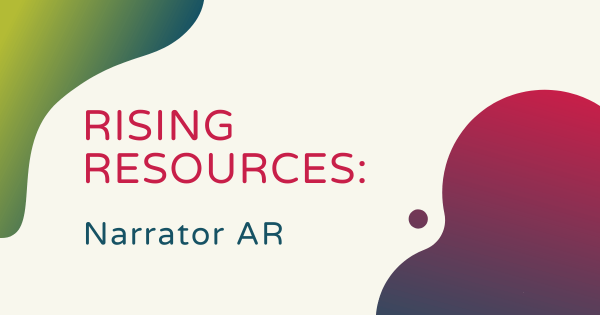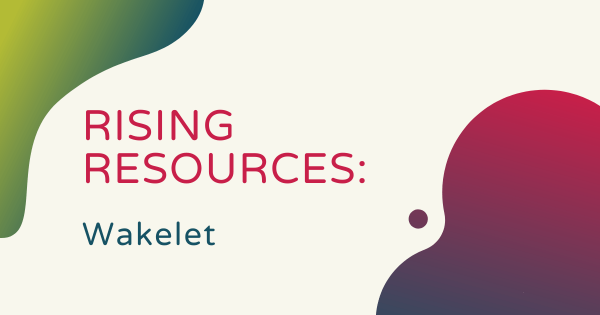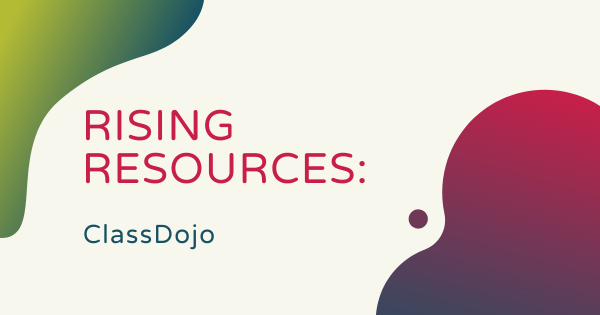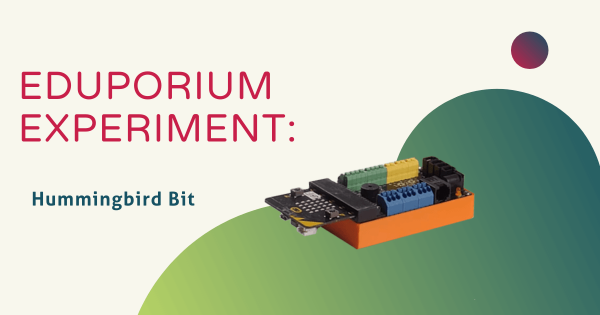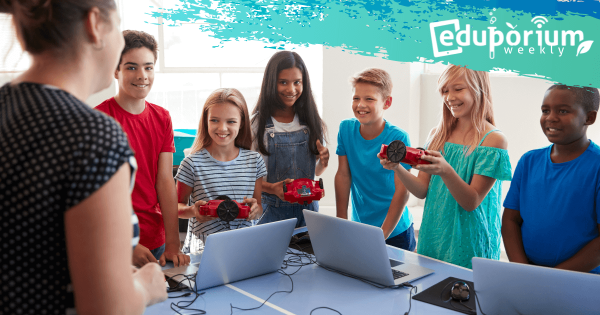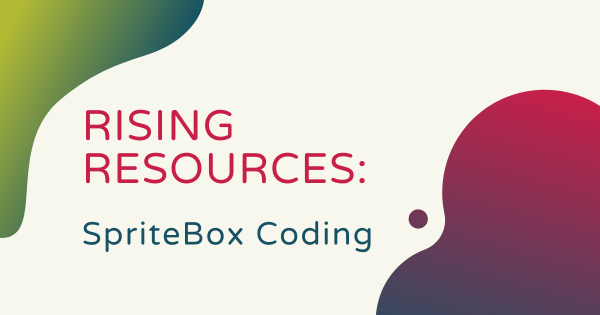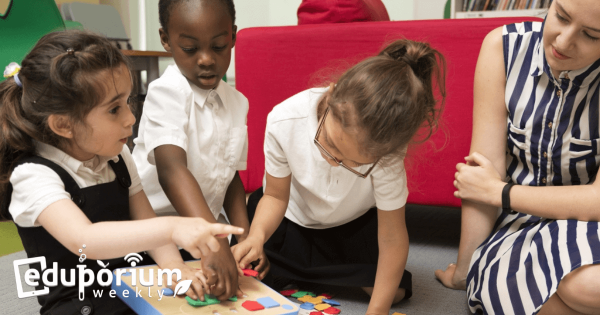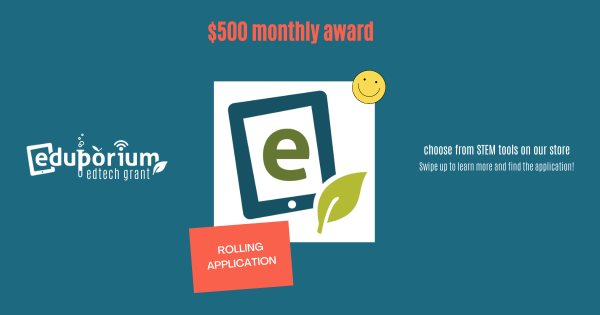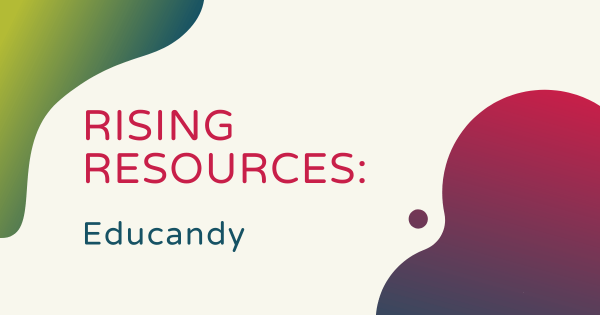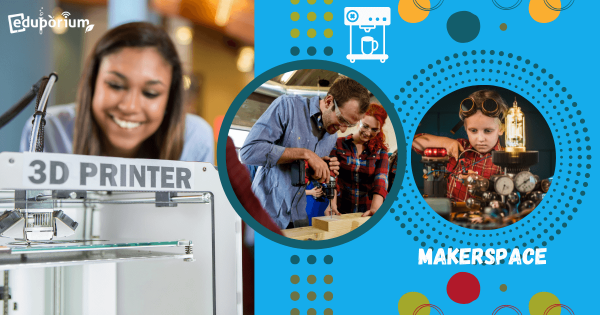Students could use the Narrator AR app on tablets and mobile phones and it is available on both the iOS app store and Google Play store. Drawing on the immersive power of AR, this platform helps teachers to create a unique and engaging experience as kids will see the words, letters, and sentences literally jump off the screen and start
EdTech
Educational technology has, of course, completely transformed how today's K-12 students learn. From basic 3D printers and virtual reality systems to simple coding robots and screen-free building tools, countless numbers of educators have been able to affect education for the better and help children develop transferrable skills for the real world. Since EdTech now covers so many areas, however, there often remains a lot for teachers to learn about and explore. Not every technology tool will impact your students in the same ways, nor will they enhance every single lesson. It's more about finding the right solutions for the right situations and building high-quality instruction from there. In this section, we cover everything from specific classroom STEM kits to insights on integrating EdTech tools in teaching. And, we'll continue adding new resources with thoughts on the many branches of the EdTech tree.
EdTech resources are constantly impacting student development and redefining how educators can engage them. Besides those hands-on technologies, digital tools and platforms also play a huge role in learning. From coding or artificial intelligence to social-emotional learning, the instant availability of EdTech resources generates many revolutionary opportunities all throughout the world of K-12 and higher education. When it comes down to it, however, equitable access to technology can be a complete game changer. With these opportunities, students can build the hard and soft skills to navigate our increasingly complex world. And, no matter how complex or simplistic EdTech activities are, they can help catalyze that development. We encourage you to browse the content below and reach out to our team with any questions.
-
Rising Resources | How To Stay Organized With Wakelet
There’s a good chance you might have already heard of Wakelet, the super popular online organization tool that’s used by a bunch of K-12 teachers. If not, Wakelet is a free service that helps teachers save, organize, and share online content with children and parents. Beyond that, however, its built-in features help make content curation and instruction even easier. -
Rising Resources | The ClassDojo Communication App
For this Rising Resources post, we explored the classroom communication app known as ClassDojo. It is quite popular and one of the main reasons it continues to be such a valuable classroom resource is that it really enables educators to move away a from one-size-fits-all model. They can even use it to share content with students, improve classroom culture, and -
Eduporium Experiment | STEAM And The Hummingbird Bit
By combining the powerful brain of the micro:bit V2 with its flexible robotic core and modular parts, the Hummingbird Bit can help you lead classroom STEAM experiences that are one par with teaching using some of the more extravagant robots out there. The kits are actually real affordable, however, and offer a ton of versatility and value for kids throughout -
Eduporium Weekly | Designing STEM Lesson Plans
Many children love to have STEM experiences in their education and many teachers love creating those opportunities. They don’t typically just fall into place, however, and, like all lesson plans, require careful design. In STEAM education, impactful lessons and activities are almost endless, which often makes it easier for teachers to find or create something that’s relevant. -
Rising Resources | SpriteBox Coding
Sometimes, teaching kids about coding can get complicated. Even with all of these excellent coding solutions that are available for K-12 teachers and their students, it can sometimes feel challenging to pinpoint how exactly to start. So, in this post, we’re exploring the SpriteBox Coding platform, a CS app that educators can use to introduce coding in early elementary school. -
Eduporium Weekly | EdTech Use In Early Education
We all know that today’s children have grown up using technology and that too many of these young kids log countless hours of simply playing games or streaming video content on their devices. Some say this is stunting their development while others say the stimulation is beneficial. Though there is truth to each, the education-focused content is most valuable in -
Eduporium Weekly | Why Apply For Our EdTech Grant?
Chances are, if you’re any type of teacher these days, you hear the familiar word ‘grant’ thrown around quite a bit from friends, peers, or perhaps even administrators. Chances are, you may have even applied for a few of them, too. These days, it’s not uncommon for teachers to spend hours and hours of their free time perfecting applications and -
Rising Resources | The Educandy Studio App
Educandy is an online review tool children can use to master key concepts and prepare for exams. It is geared towards younger kids, making it one of the best digital review tools for elementary students. Using the very simple software, teachers can create review games in just minutes—with steps as easy as inputting questions and answers—then the platform does the -
Eduporium Weekly | Elements Of Our Makerspace Consultation
Our maker experts are very well-versed in makerspace tools, technologies, budgets, and design—something that we have recently put extra effort into developing. So, whether educators already have a makerspace program at their school and are looking to expand on those offerings or need help with getting started, our makerspace team is ready to help you out! Here’s how.




